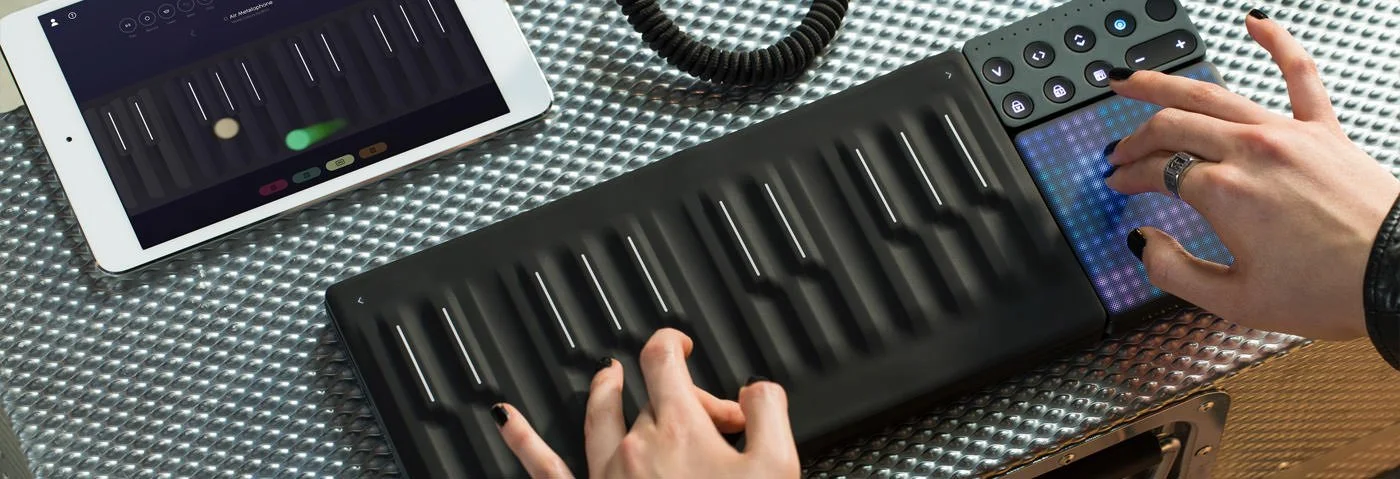Introduction
Starting this journey of music production can be very exciting as well as quite challenging. A MIDI keyboard is an invaluable instrument for composing melodies, programming rhythms, and playing back various sounds. In this guide, you will learn the basic steps to follow in order to get your MIDI keyboard up and running as quickly and easily as possible to kick-start your music making process.
Choose Your MIDI Keyboard
Before one can go through the connections and configurations, one must first choose the right instrument. Some of the important aspects that should be taken into consideration include the number of keys, the size and portability of the keyboard, extra features like pads and knobs and last but not least, the price range. When selected, the device should integrate smoothly into your creative environment and process.
Install the Necessary Software
Almost all MIDI keyboards are plug and play, however, some might require drivers or software that comes with the device. Go to the official website, download the latest version of the software, and check all the system requirements. This will be useful to avoid compatibility problems as you progress with your work.
Configure Your Music Production Software
Once the drivers are installed, launch your Digital Audio Workstation (DAW). You will need to configure your new MIDI keyboard as a control device. Go to the MIDI settings — usually located in the ‘Preferences’ or ‘Settings’ section of your DAW. Choose your MIDI keyboard from the list of devices. Make sure your DAW is able to detect it as a connected controller.
Assign the Controls
Almost all DAWs enable the user to assign their MIDI keyboard’s keys, pads, and knobs to various tasks in the software. This can involve playing the virtual instruments, changing the volume levels or even altering the effects. Take some time to set these options to your liking and according to the characteristics of the project you are working on.
Explore MIDI Mapping
If you want to get the most out of your MIDI keyboard, you have to learn about and practice MIDI mapping. This process involves programming the keyboard buttons to perform certain functions in the software you are using. It is usually found in the MIDI mapping section of your DAW and can be controlled and modified in real time while the music is being played back or recorded.
Start Creating Music
Everything is set and the only thing remaining is to create music. Try out different sounds and techniques using your MIDI keyboard. Experiment with various instruments and effects to find out how they blend with your playing technique. Just keep in mind that you are looking for what fits your musical personality.
Experiment and Learn
Once you feel at ease with the setup, try out the additional features like aftertouch, MIDI channel or layering the sounds. Every new technique you learn will help to build up the layers in your productions and increase your potential as a musician.
Troubleshooting Common Issues
If you are having issues, for example, if your MIDI keyboard is not detected by DAW, first of all, look at the connections. Make sure the cables are properly connected and that your keyboard is on. Resetting MIDI settings in your DAW or even just closing and opening the software again can help to solve many problems.
Continue Your Musical Journey
Your MIDI keyboard is your ticket to a world of music that you never thought was possible. Continue experimenting with various genres, techniques, and additional software features. Participating in the community forums and tutorials will help deepen your knowledge and spark new ideas.
Conclusion
For any aspiring music producer, beginning with a MIDI keyboard is a great way to open the door to a multitude of possibilities. By following these steps, you will create the best environment for creativity and efficient work. Immerse yourself into the great space of music production, where your MIDI keyboard is your best friend.

